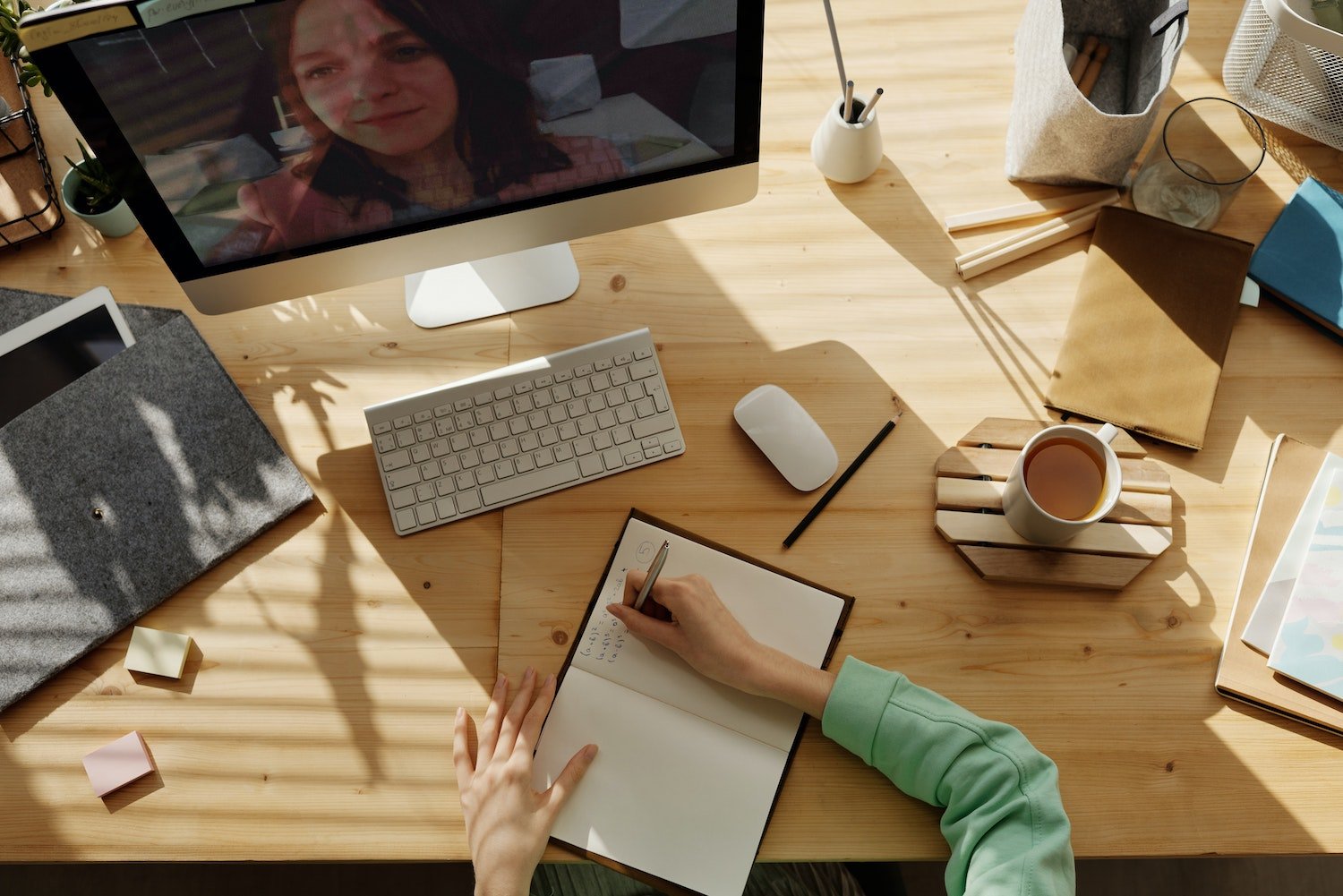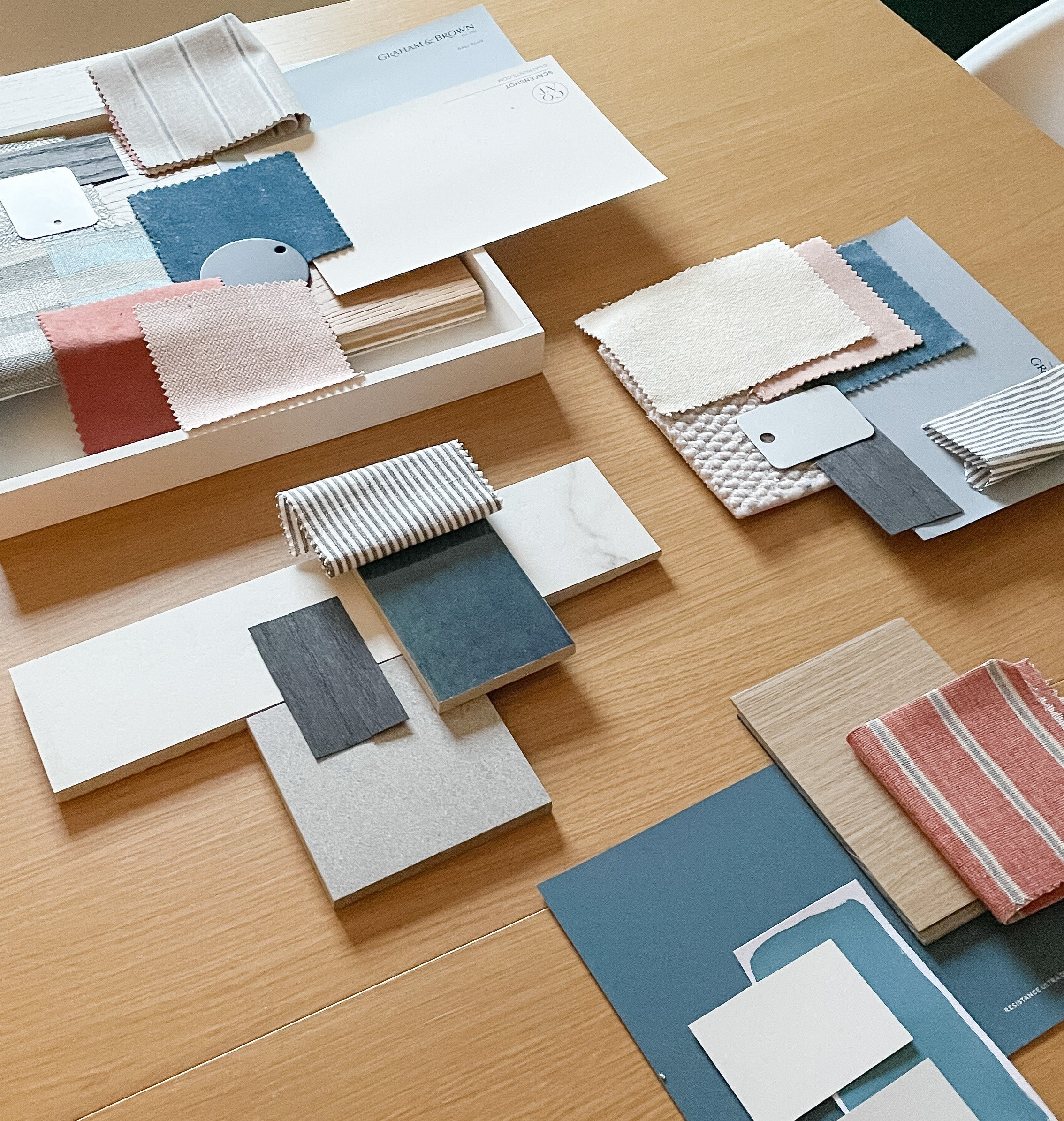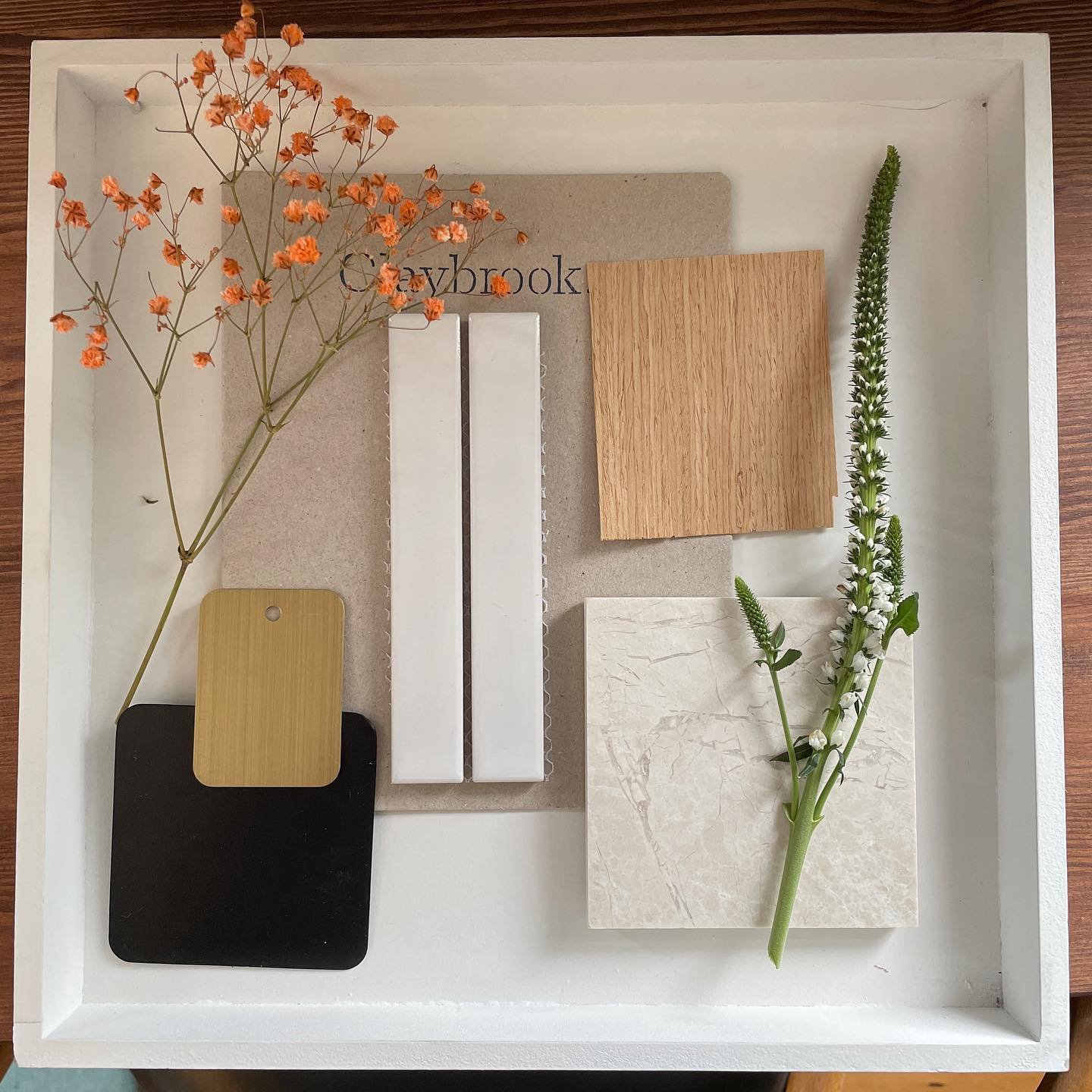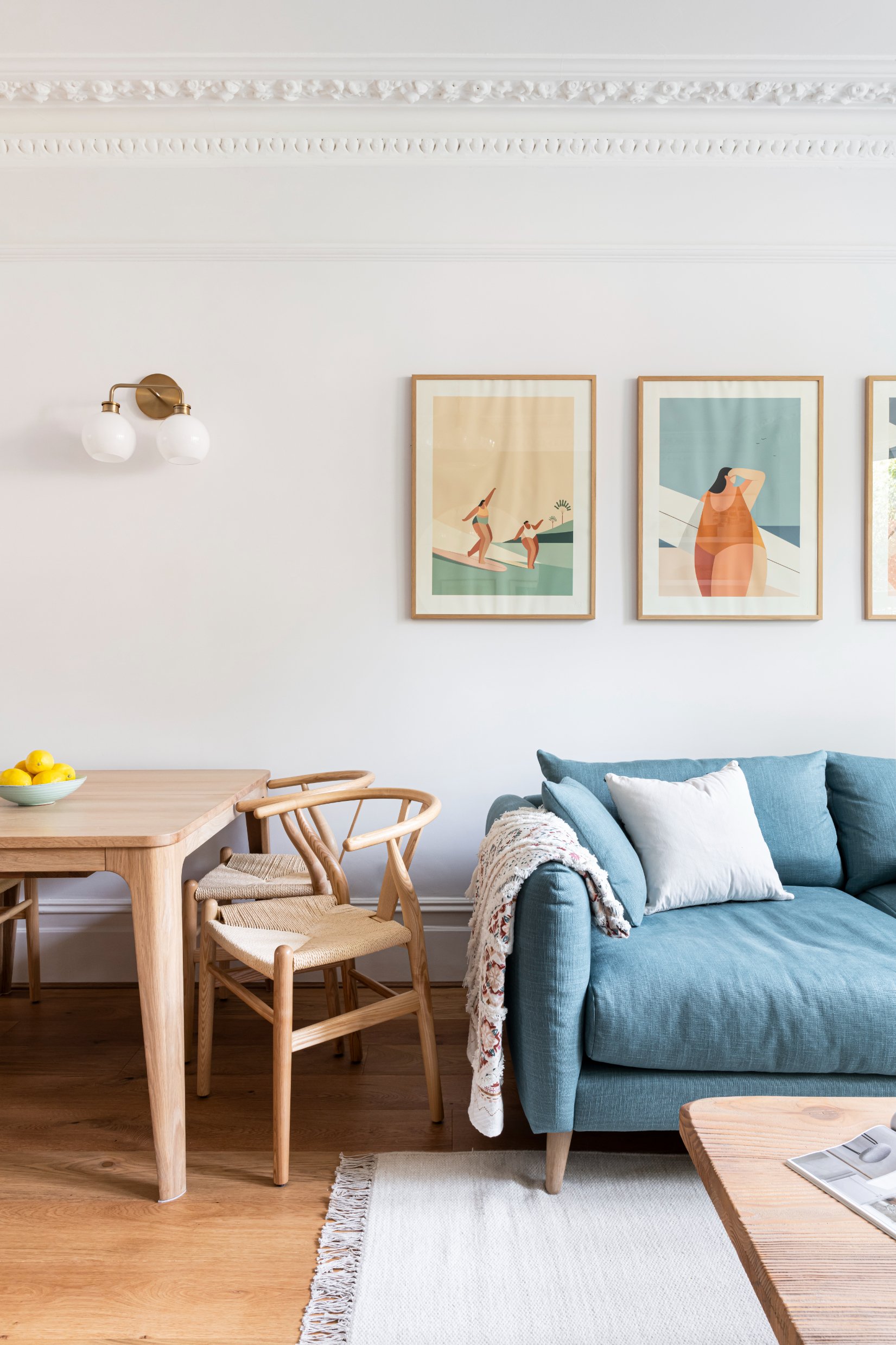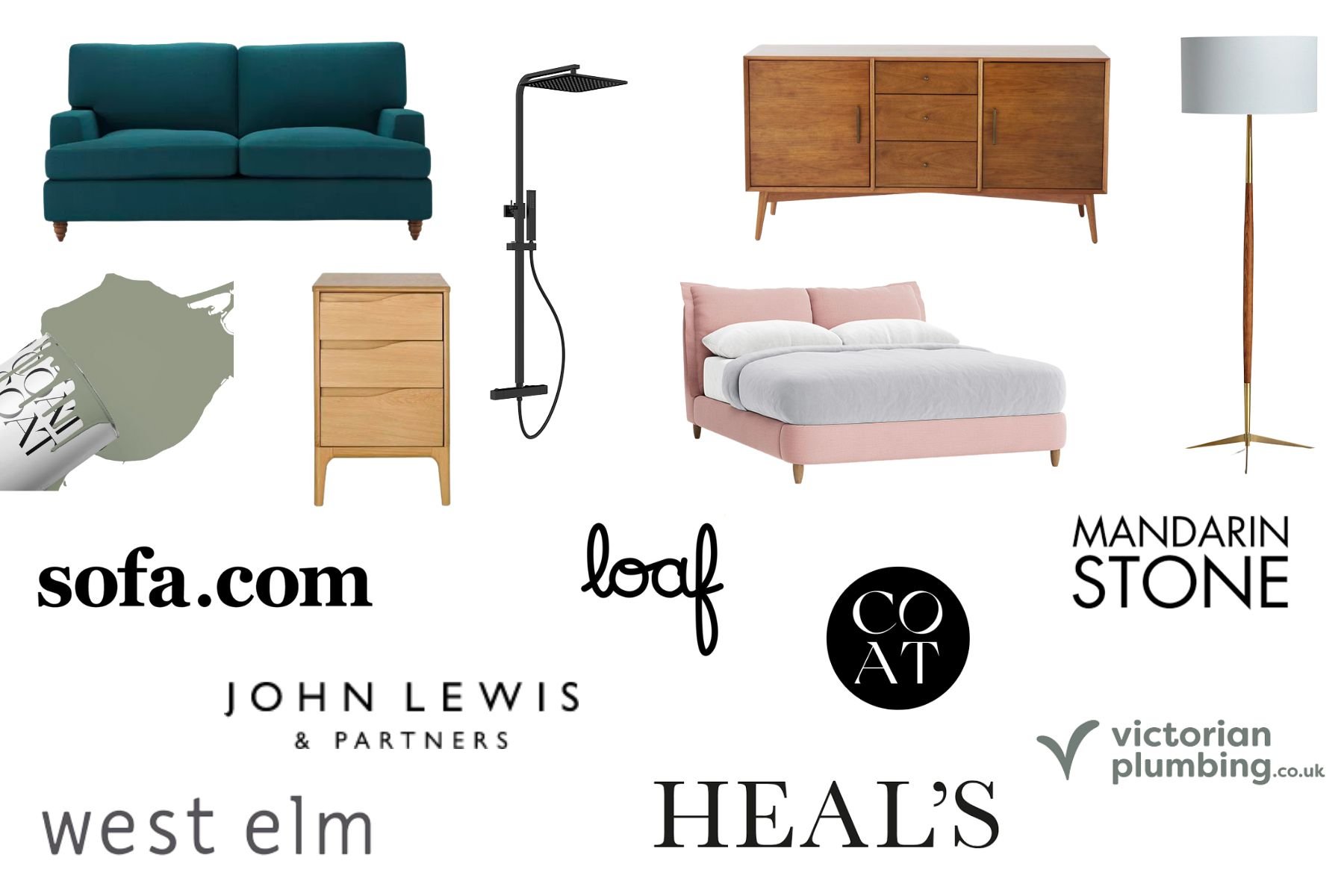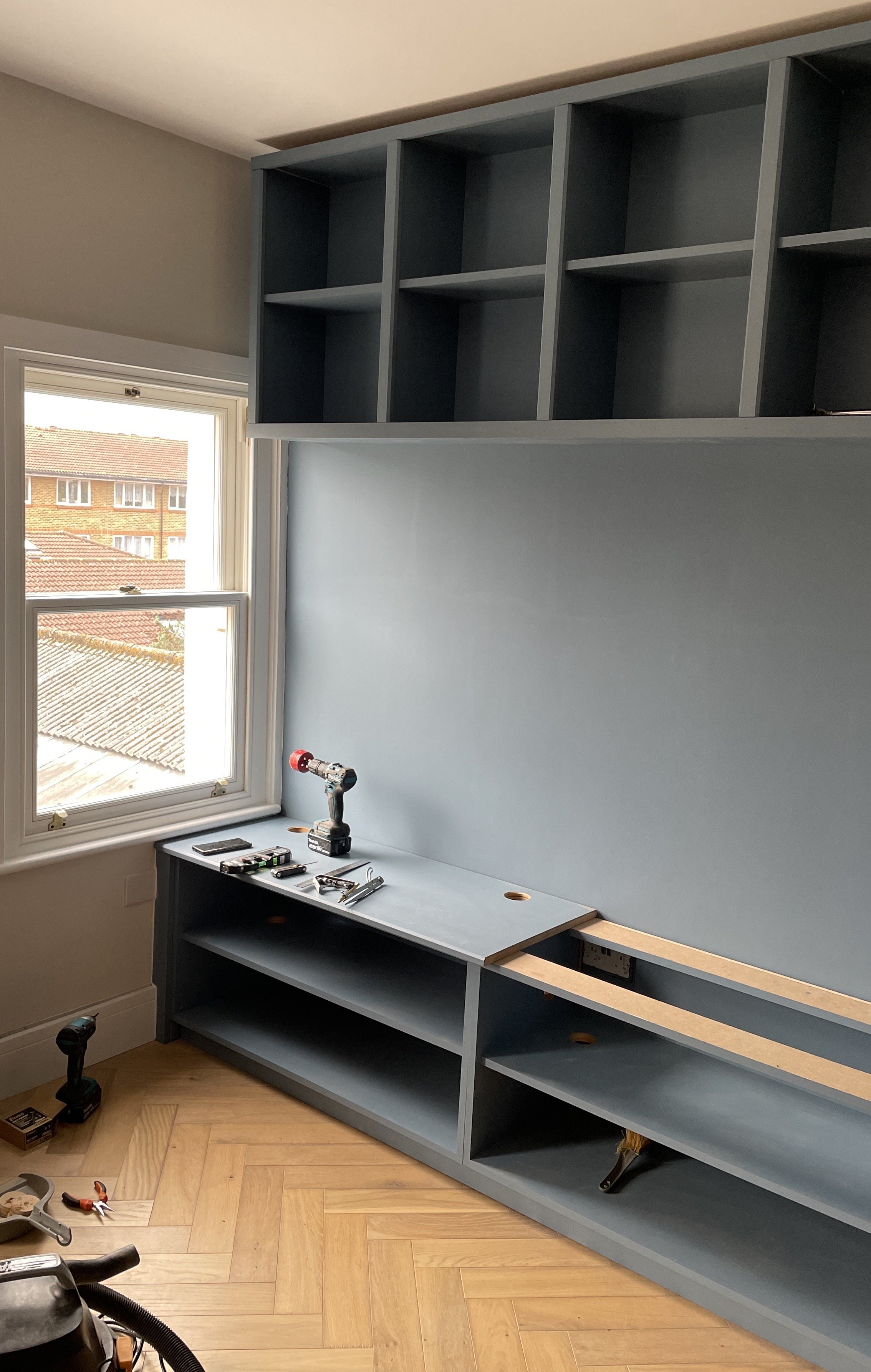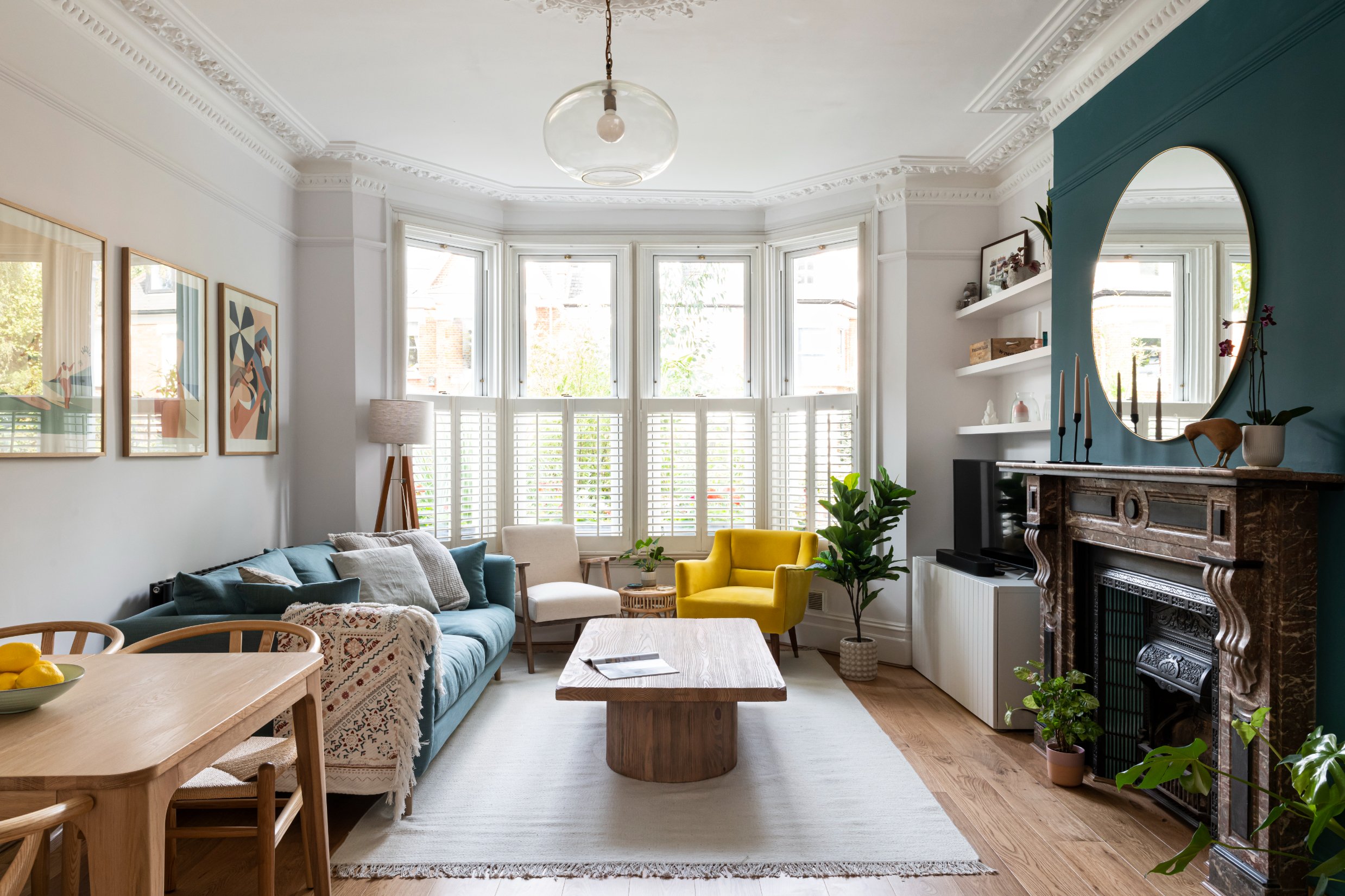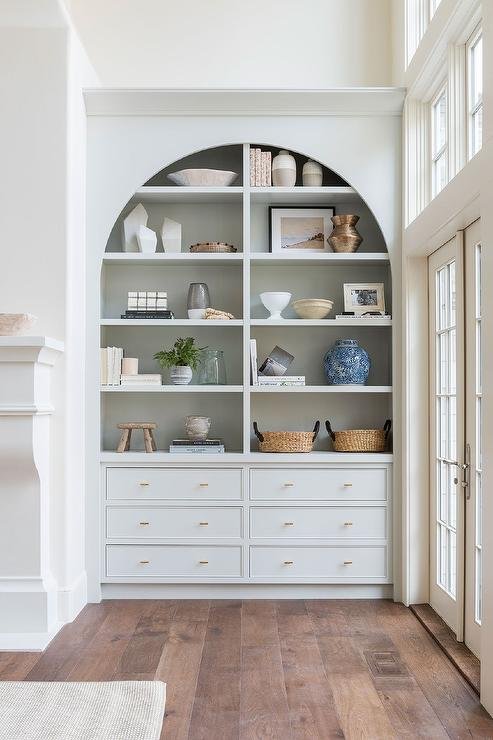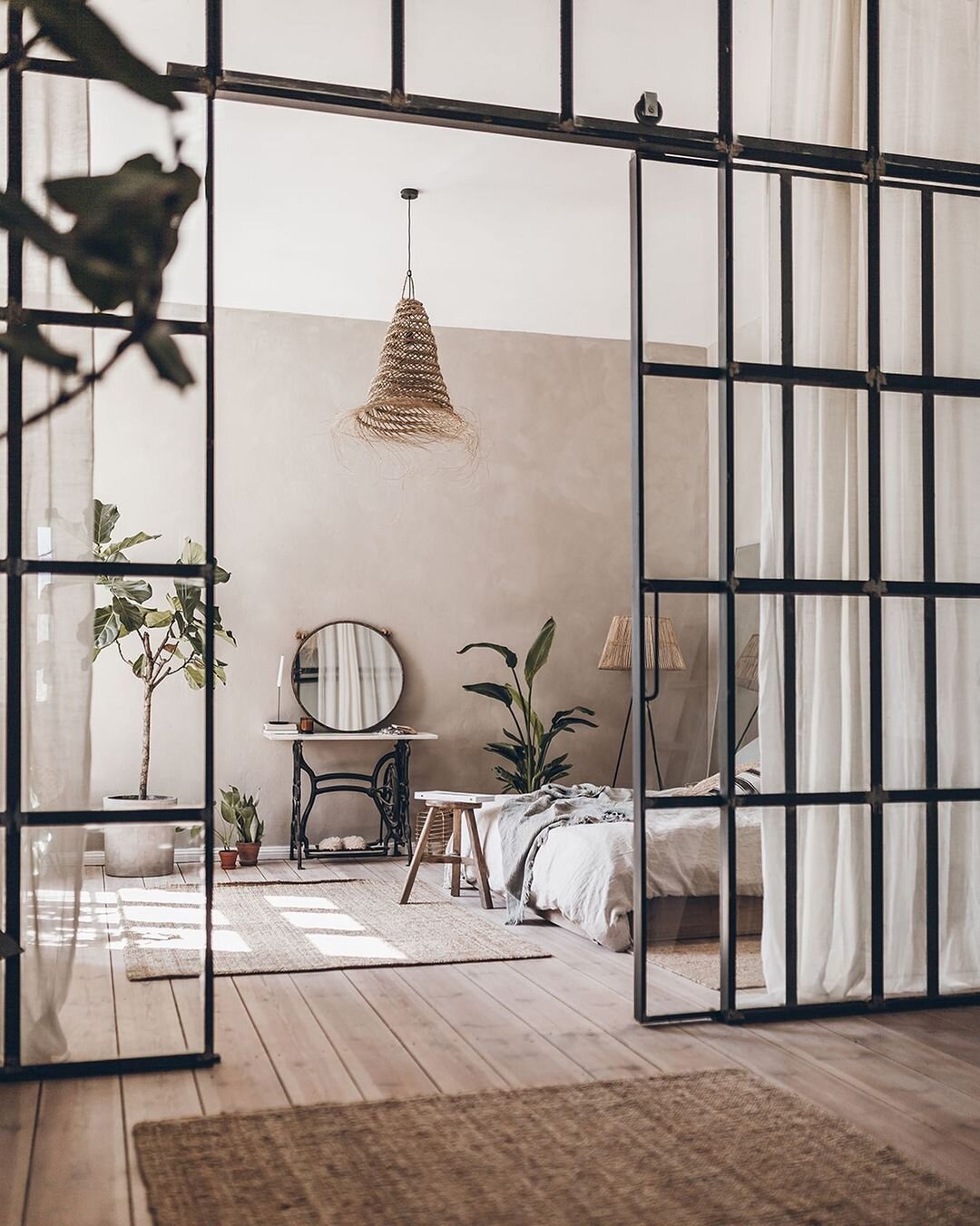What to expect when you work with an interior designer
I believe that interior design should be an accessible, transparent, fun and collaborative experience. There are so many benefits to working with a designer, but if you haven’t hired an interior designer before, you might be wondering what how the process works and whether it’s the right decision for you. Here is what to expect if you choose to work with me on your project.
1. The “getting to know each other” chat
The very first step is to meet each other, usually over Zoom call. It is so important that you get on with your interior designer - do you trust them and could you see yourselves working together well? Do you think they can take your feedback and can you collaborate with them? These are questions that you should keep in mind during the initial chat.
It’s also a useful chat for me to get to know more about you and your project, what makes you feel like you’d benefit from the help of an interior designer and where I can provide the most useful service for you. I’ll also ask about your timescales, and based on this I’ll put together a quote for your project.
2. The initial consultation and preparation
Once you’ve decided to go ahead, this is where the fun starts and you’ll start to get excited about your project. I send my clients a questionnaire ahead of time, to get you thinking about what you like (and don’t like!) and how you want your space to work for you.
It is so helpful seeing visual examples of what a client likes, so I always ask for a Pinterest board or photos of spaces that inspire you and emulate the style or atmosphere you’d like in your own home. This, and your questionnaire, helps me prepare for the initial meeting, so I can research and gather more inspiration for us to discuss during the meeting.
I always ask what existing furniture is staying in the space, as it’s often not practical (or sustainable) to throw away everything and start again, so that it can be factored into the design. I also ask about “a day in the life” of the room - how do you use the space? How would you like to use it? What is or isn’t working?
It’s important to get the functional aspects right too, so we’ll talk about storage, lighting, accessibility and any other requirements.
Finally, I will ask about your budget, so that I can make sure any suggestions that I make will work for you.
3. Mood boards and furniture layouts
During the initial consultation, or a follow up meeting, I’ll take measurements of the room. Before we can dive into aesthetics and colours, an essential part of planning a design is spatial planning and furniture layout. I put together a 2D furniture layout, which shows the flow of traffic throughout a space, as well as the size and position of furniture.
A mood board (or concept board) comes next, and is an essential part of the design process. This shows the individual elements that will come together to make your design. This could include paint colour, flooring, lighting, furniture, and textures.
4. 2d and 3d drawings
Once we’re all happy and the design concept has been signed off, it’s time to move into the next phase of bringing the design to life. Using the measurements that I’ve previously taken, I put together 2D and 3D drawings of the space. It’s at this point that you can see how the furniture sits in the room, how the colours look together, as well as any art, lighting and mirrors on the wall.
Any built in elements are designed at this stage as well, along with measurements and elevation drawings.
5. Samples and testers
Once the drawings are approved, it’s time to start looking at physical samples and materials. This stage is so important - because you can see how each element works together in terms of colour and texture, and check that your choices are cohesive.
Paint samples are essential, and I always recommend putting samples on the wall in the room that you’re decorating (if possible), and looking at the colour throughout the day and as it changes in the light. Any flooring, metal finishes, fabrics and accent fabrics are pulled into the scheme at this point too, so that we can be confident when it comes to ordering that all of the elements will work together.
6. Sourcing and procurement
Now for the fun part - shopping! Based on the budget that you’ve given, I’ll source products which work with your scheme. One of the perks of working with an interior designer is being able to use trade discounts - I have trade accounts with over 100 well known retailers, and often my clients actually recoup a large chunk of the design fee in discounts alone.
But - I don’t restrict my sourcing to only those retailers I have a trade account with, and I’ll always look for the best product for your scheme… and try to get you a trade price if I can! An interior designer will know how to get the most of your budget, where to spend and where to save - and ultimately you are in control. A sourcing document is created which allows you to track, approve, reject, or comment on all suggested products.
I’ll take care of all the ordering for you - issuing you with pro-forma invoices for any products and handling all the delivery faff or any other communications needed with the retailers.
7. Working with tradespeople and being on-hand throughout installation
Finding trustworthy tradespeople can feel daunting. If clients need me to, I can help source local and reliable tradespeople, or recommend tradespeople who I’ve worked with before and trust.
As part of the 2D and 3D drawings, you’ll receive documents and drawings which can be used to brief tradespeople and for them to reference throughout installation. I can also be available on-site to kick off installation, monitor progress and answer questions.
8. The finishing touches
Finally, once everything is ordered, delivered, installed, built and painted, it’s time for the finishing touches. I will come to your home and karate chop your cushions, style shelves, arrange furniture, anything that’s required to style your finished space, ready for you to enjoy!
If you’d like my help with your next project, check out my services to see how we can work together. If you’ve enjoyed this blog, don’t forget to subscribe at the bottom of this page to receive my new post in your inbox every Sunday.


